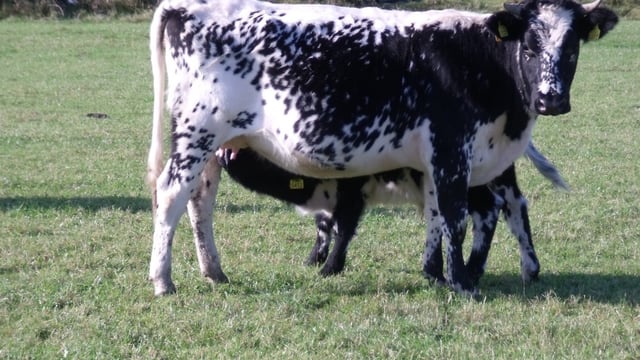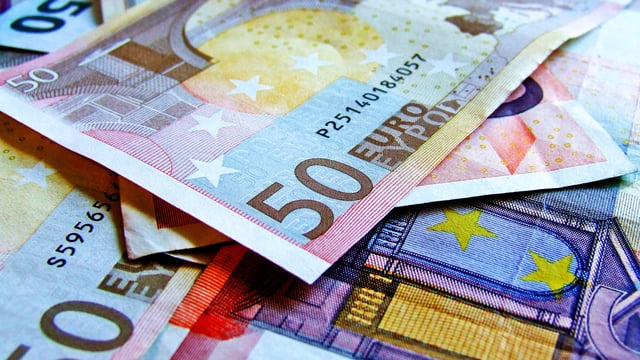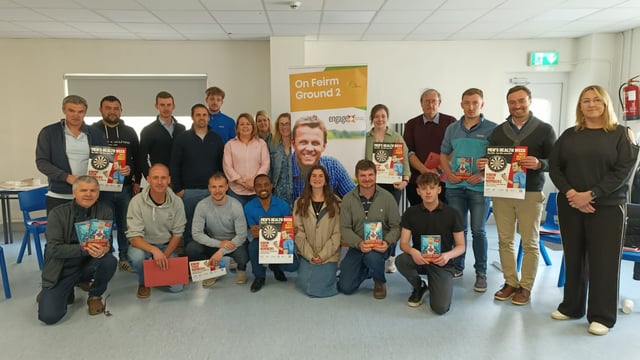When is it a good idea to say 'yes' to new opportunities?
The abolishment of milk quotas opened doors for many dairy farmers, in terms of expansion opportunities. But when is it a good idea to say ‘yes’ to these opportunities and when is it better to say to ‘no’?
To answer this, Patrick Gowing – who spoke at today’s Irish Grassland Association’s (IGA’s) dairy conference – explained that not all opportunities have to be taken and how they should firstly be assessed.
He said: “One thing to point out is that not every plan is a go ahead. If you ring me, 13% of the time I will say no.”
Second unit example
Patrick then used the example of a second unit that a farmer had the opportunity to lease, which he jokingly called a “perfect farm which doesn’t exist”.
This farm consists of an 80ha milking platform with 200 cubicles, a 20-unit parlour and full grazing infrastructure. It is available for lease at €700/ha.
“All you have to do is supply cows and labour; it is a very good opportunity, but is this a good investment? Patrick asked.
To see if this new venture could work, they completed a business plan. He noted that the heifers would be contract reared, 200 cows were to be purchased for €1,350/cow and a base milk price was set at 28c/L.
Looking at year six of the plan, the farm would be generating a total net profit figure of €60,703.
“So, the total investment is €260,000 and the return on investment is 23.34%. At that return, roughly every four years, he will double his initial investment; so it is a very good investment for the farmer to make,” he said.
However, he stressed that when we look at the cash-flow budget for the new venture it shows a different picture.
While the return on investment over time is very good there is a negative cash-flow for the first two years as the new farm gets up to production.
“So, the question isn’t is the second unit good enough or not, it is whether the home farm is strong enough to carry the can for the new business, to get the business going?”






